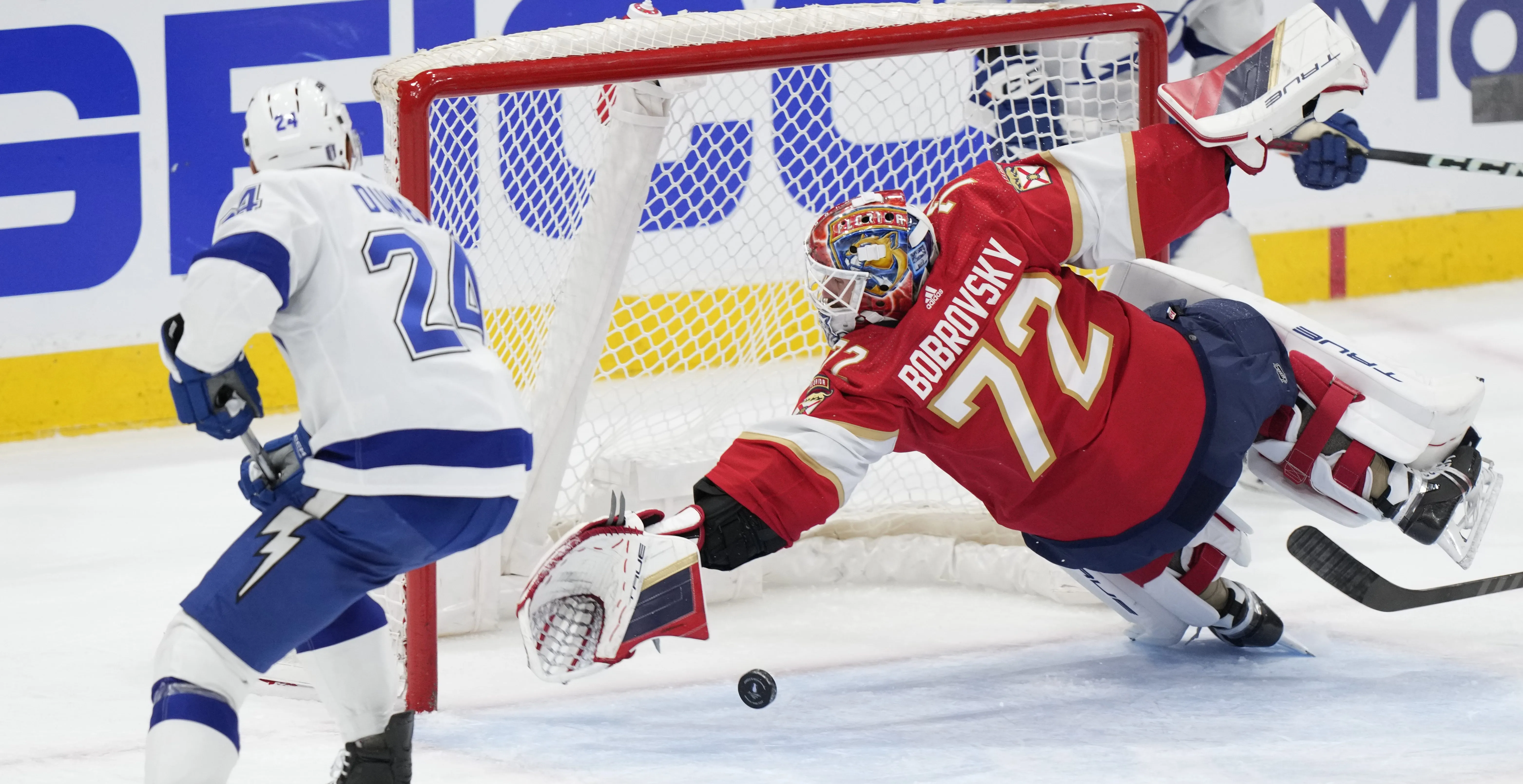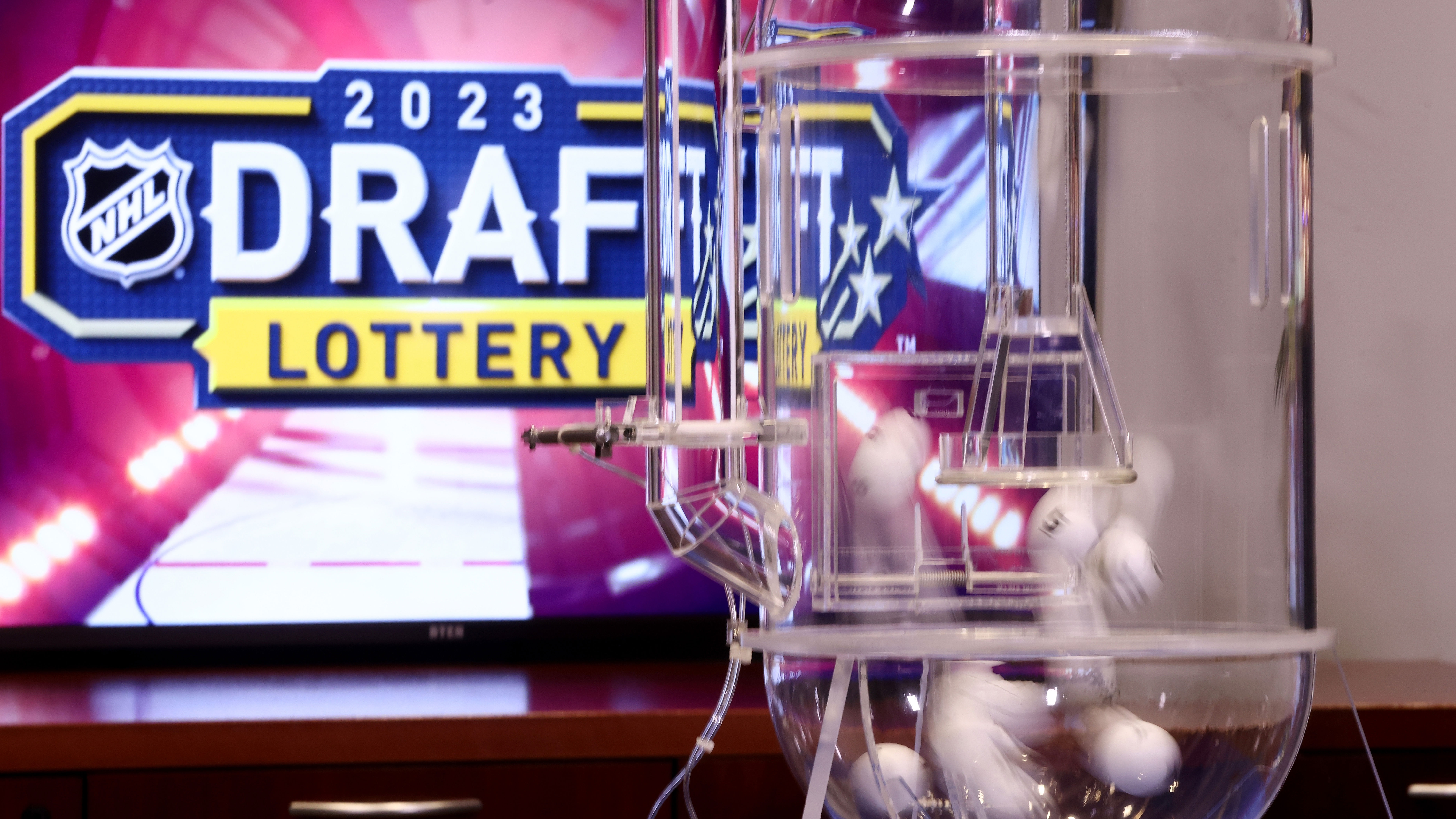
It’s hard to remember an NHL offseason like 2019, where a plethora of superstars were all coming off their entry-level contracts and due significant pay raises.
Here were the notable restricted free agents: Sebastian Aho. Brock Boeser. Kyle Connor. Patrik Laine. Mitch Marner. Brayden Point. Mikko Rantanen. Matthew Tkachuk. And we haven’t even mentioned the defensemen.
It took a while, but all of them are now signed and it finally offers a clearer picture of the market going forward. This is important because the Blackhawks will be in a similar situation with Alex DeBrincat next season, and perhaps even Dylan Strome.
But let’s focus on DeBrincat for now because Strome’s next contract largely hinges on what he does this season. DeBrincat has built a big enough sample size to give us an idea of what his second contract may look like.
If there’s anything we learned about the contracts that were signed, it’s that each situation was different. Some players wanted long-term security. Others settled for bridge contracts in hopes of maxing out even more in three years, when the NHL signs a new U.S. television rights deal, which could lead to a significant salary cap increase.
One thing was consistent: the average annual value was high. Let's take a look at each of the players listed above and what their figures came in at, sorted by cap hit from highest to lowest:
— Marner: 6 years, $10.893 million AAV
— Rantanen: 6 years, $9.25 million AAV
— Aho: 5 years, $8.454 million AAV
— Connor: 7 years, $7.142 AAV
— Tkachuk: 3 years, $7 million AAV
— Laine: 2 years, $6.75 million AAV
— Point: 3 years, $6.75 million AAV
— Boeser: 3 years, $5.875 million AAV
NHL
So where does DeBrincat fit into all of this? For starters, it depends on what he’s looking for.
For example: Connor and Tkachuk carry similar cap hits, but you have to believe Tkachuk’s number would’ve been higher if he went for seven years too. Instead, Tkachuk wants to bet on himself and cash out in 2022-23 while Connor wanted security.
The other part of it is: Which category does DeBrincat fall into? Does he belong in the Marner and Rantanen AAV range, both of whom are elite wingers?
DeBrincat has 69 goals and 128 points through two seasons. For comparison, Marner had 41 goals and 130 points before turning in a 26-goal, 94-point season in Year 3 and Rantanen had 49 goals and 122 points before his 31-goal, 87-point campaign last season. The third year for Marner and Rantanen really launched themselves into a hefty second contract.
The difference between DeBrincat and Marner/Rantanen is that the latter are playmakers while the former is more of a pure goal scorer. While DeBrincat may not be a perennial 90-plus point player, he will score 35-40 every year and that's certainly nothing to sneeze at.
Based on a production standpoint, Laine — a three-time 30-goal scorer but whose career high in points is 70 — might be a better contract comparable for DeBrincat but you have to wonder how much his inconsistency in 2018-19 affected his deal. Laine scored 18 of his 30 goals last season in November after coming off a 44-goal campaign.
If DeBrincat scores another 40 (or close to it) and finishes with 75-80 points, the length of his contract won’t be clear but his number will be and it’s likely to start with at least a 7. On a longer term deal, it very well could creep into the $8-9 million range.
Click here to download the new MyTeams App by NBC Sports! Receive comprehensive coverage of your teams and stream the Blackhawks easily on your device.


